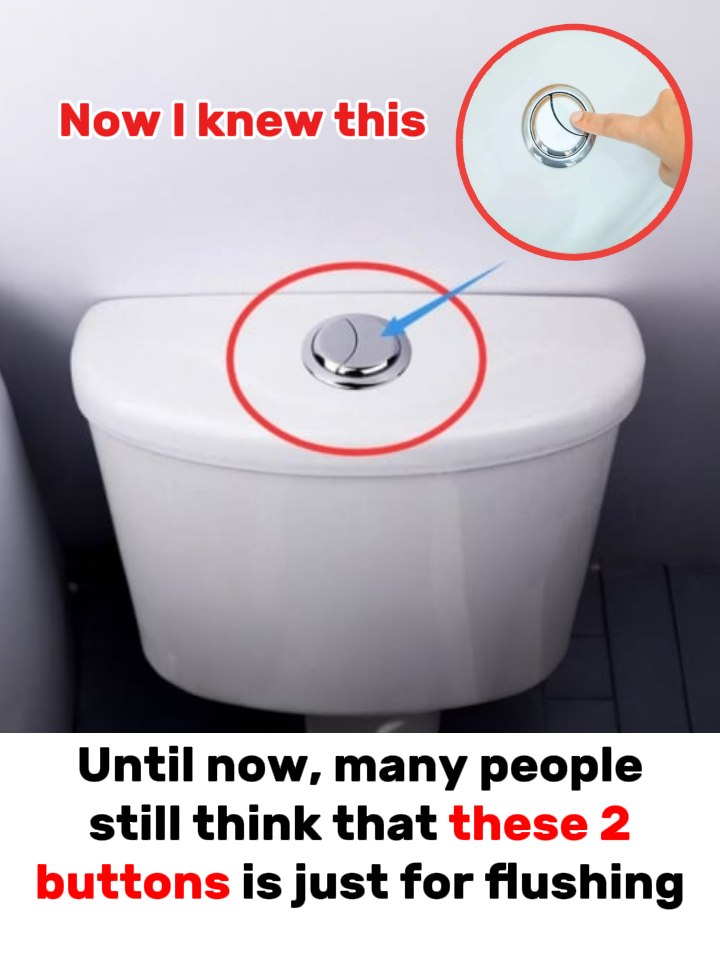If you’ve ever stared at your toilet wondering why there are two flush buttons instead of one, you’re not alone. Many people assume they do the same thing, or they simply press whichever button is closest. But those two buttons weren’t added for decoration. They are part of a smart design that helps us save one of the planet’s most vital resources: water.
What Is a Dual-Flush Toilet?
Modern toilets in homes, workplaces, and public buildings are often equipped with dual-flush technology. This means you have two options:
• A smaller button that releases a reduced amount of water
• A larger button that releases a stronger, full flush
Inside the tank, each button is connected to its own valve. When pressed, each one releases a different volume of water depending on what needs to be flushed.
How Much Water Does Each Button Use?
The smaller button is designed for liquid waste, using only 3–4.5 liters of water. The larger button handles solid waste, using around 6–9 liters. It may not seem like a huge difference at first, but think about how many times a toilet is flushed each day.
By simply choosing the correct button based on your needs, a household can save up to 20,000 liters of water every year. That’s enough water to fill a backyard swimming pool — or supply drinking water to one person for nearly two years!
Where Did the Idea Come From?
The concept of the dual flush was first introduced by Victor Papanek, an American industrial designer, back in 1976 when he proposed ways to create products that are more environmentally responsible. Four years later, Australia became the first country to implement the idea, and it quickly gained popularity around the world.
A Small Choice with a Big Impact
Water shortages and droughts are becoming more common globally, which makes every drop count. Dual-flush toilets are one of the simplest yet most effective ways to reduce household water consumption without changing your routine.
So here’s the smart rule:
• Small button = small flush (pee)
• Large button = large flush (poop)
It’s that easy.
